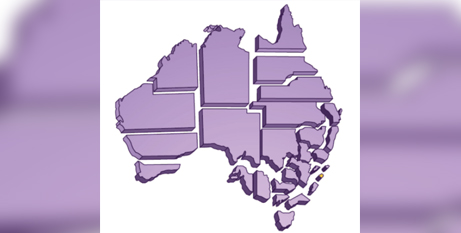 National Centre for Pastoral Research director Trudy Dantis says new reports published this week will help bishops and Church leaders respond to the needs of their local communities.
National Centre for Pastoral Research director Trudy Dantis says new reports published this week will help bishops and Church leaders respond to the needs of their local communities.
Drawing on Australian Bureau of Statistics data from the 2016 Census, the diocesan social profiles provide insights into the demographics of the Catholic population in all 28 geographical dioceses. The reports show that the lives of Catholics, individually and collectively, can vary widely in different parts of the country.
“While the overall Catholic population fell – both numerically and as a proportion of the overall population – between 2011 and 2016, that doesn’t mean the drop has been experienced in all dioceses,” Dr Dantis explained.
In the Wollongong, Sale, Rockhampton, Perth and Bunbury dioceses, for example, numerical increases in the Catholic population were observed.
“These profiles help bishops and their key advisors to understand the Catholic population in their own diocese and can be used in conjunction with information like parish Mass attendance to tailor their ministries to their communities,” she said.
Among the information contained in the diocesan profiles is the median age of Catholics, the proportion of Catholics in the diocese, the prevalence of Catholics who speak a language other than English at home and the percentage of Catholic couples where one person is from another religious background.
The reports compare the 2016 statistics with previous Census data, dating as far back as 1996 in some categories.
Professor Gabrielle McMullen, the chair of the Australian Catholic Council for Pastoral Research, said the reports are “a valuable tool” for a diocese’s pastoral planning.
Profiles for individual parishes are expected to be available in early 2020.
“That will continue our work of helping our Church, at all levels, to understand their people better and therefore be more responsive to their needs – in many senses of the word,” Dr Dantis said.
“Knowing information about the median income of people in the local community, for example, can help the parish and the diocese consider how they might reach out to families that are finding life difficult.
“If a community has a large proportion of people for whom English is their second or third language, the diocese may need to utilise multiple languages to meet that community’s pastoral needs.”
The diocesan social profiles have been published on the National Centre for Pastoral Research website at www.ncpr.catholic.org.au
